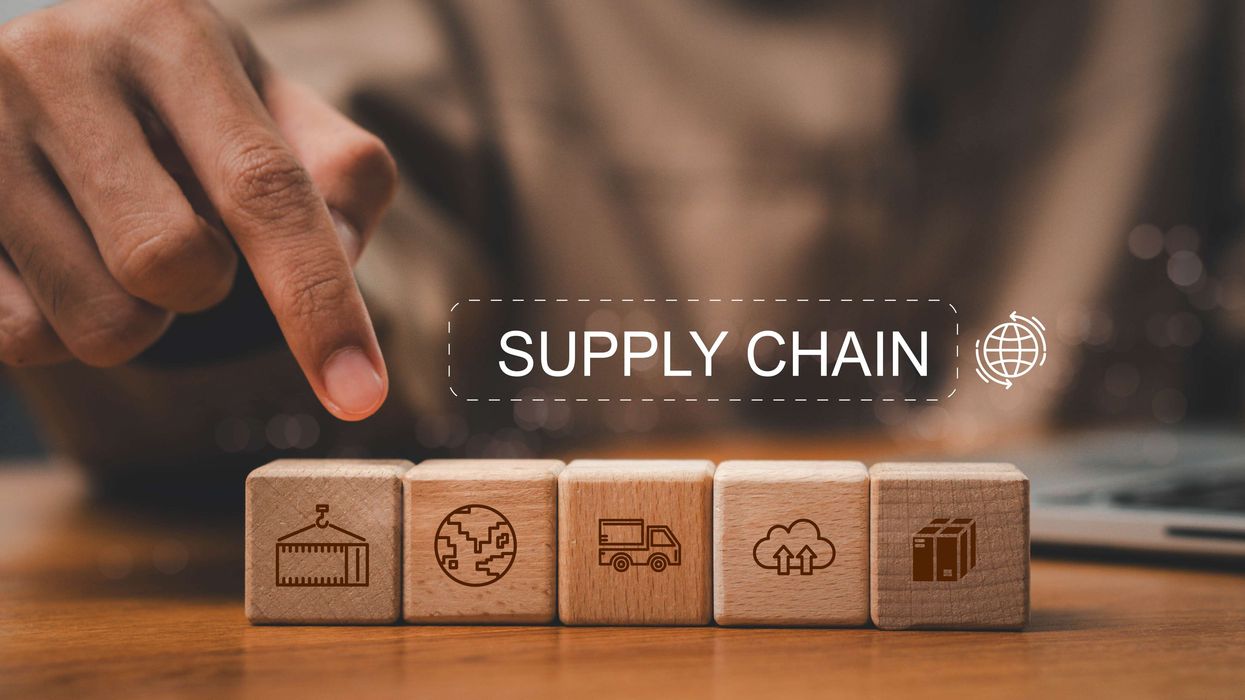Running a supply chain has become a balancing act between efficiency, resilience, and sustainability. Cost savings still matter, but they no longer tell the whole story. Global disruptions, stricter regulations, and higher customer expectations mean the margin for error is slimmer than ever. Even well-managed operations can falter if they don’t adapt. That’s why supply chain optimization has moved from a side initiative to a central business priority.
What Supply Chain Optimization Really Means
Supply chain optimization involves building a system that consistently delivers the right products at the right time, without draining resources or exposing the business to unnecessary risks. It’s not a race to be faster or cheaper: those goals alone don’t hold up when disruptions hit. Instead, optimization focuses on smarter choices, supported by data, strong supplier relationships, and the flexibility to respond when conditions change.
Many teams now use AP automation software during this process to keep financial processes aligned with supply chain optimization. Such solutions provide visibility into approvals, organize purchase orders, and keep supplier information up to date.
The process typically unfolds in three stages:
1. Design
This stage lays the foundation. Businesses select suppliers, choose warehouse locations, map shipping routes, and ensure compliance with regulations. Early decisions set the tone for everything that follows. A diversified supplier base, for example, reduces downtime if one partner faces issues.
2. Planning
Once the structure is in place, planning ensures operations run smoothly. With demand forecasts, sales data, and inventory insights, companies can align production, budgets, and supply with expected needs. Thorough planning is crucial—with a detailed outline of your next steps, it’s much easier to spot bottlenecks and prepare for disruptions.
3. Execution
This stage brings the plan to life. Daily management of procurement, logistics, and payments, along with quick responses to unexpected events, is essential. Teams need visibility into orders, pending invoices, and shipment progress. The right systems allow real-time adjustments, which help minimize disruption and keep customer promises intact.
Balancing Cost, Resilience, and Sustainability
No supply chain can simultaneously maximize cost efficiency, resilience, and sustainability. Choosing the cheapest supplier may cut expenses but increase risk. Resilience usually requires extra investment. A strong focus on sustainability can lead to higher upfront costs or slower timelines.
The most successful companies don’t rely on a single priority: they strike a balance among all three. A backup supplier may raise expenses today, but can save millions if the primary vendor fails. Likewise, sustainable practices not only satisfy regulators but also protect brand reputation over time.
Warning Signs Your Supply Chain Needs Optimization
Even well-structured supply chains can run into trouble if they’re not regularly reviewed and adjusted. Inefficiencies often appear quietly at first, as minor frustrations that turn into bigger problems. Recognize warning signs early to address issues before they create costly setbacks. Some of the most common signs include:
- Slow order processing: If your team spends hours emailing approvers or updating spreadsheets manually, they waste valuable time and increase the chance of errors.
- Rising costs: Duplicate invoices, late fees, or money tied up in excess stock can quickly drain budgets, especially when there’s no clear visibility into where the money is going.
- Stockouts or overstocks: Running out of critical supplies can stall production and frustrate customers, while overstocking ties up capital in goods that may never sell.
- Weak supplier relationships: If vendor interactions are limited to confirming shipments or fixing mistakes, you’re missing opportunities for collaboration and cost savings.
- Poor disruption response: If every demand spike, delay, or regulatory change throws operations into chaos, it’s a clear sign that resilience hasn’t been built into your system.
Steps to Take Action
Optimizing a supply chain doesn’t have to feel overwhelming. In fact, the most lasting improvements often come from small, deliberate steps taken consistently over time. When businesses concentrate on the right areas, they build momentum and shape a system that runs smoothly, costs less, and adapts more easily when disruptions arise.
The first step is to spot the bottlenecks. Where does your supply chain slow down or drain resources? Maybe shipments are consistently delayed, or approvals pile up waiting for sign-off. Identifying these pressure points gives you clarity on where to focus first.
Once you know the problem areas, map your processes end-to-end. Visualizing each stage often uncovers inefficiencies that stay hidden in day-to-day operations. This big-picture view makes it easier to see where time, money, or resources go to waste.
With the structure clear, you can standardize workflows. Consistent templates and approval steps reduce errors and make performance easier to track. At the same time, they improve communication across teams since everyone follows the same playbook.
Another critical move is to focus on key suppliers. Not every vendor needs the same level of attention, but those providing essential materials or services should be treated as strategic partners. Strong, collaborative relationships with them often lead to better terms, faster responses, and more reliable supply.
Equally important is to encourage collaboration across departments. Different departments may each have their own priorities, but if they’re not aligned, costly gaps can appear. Shared visibility through regular updates or centralized systems helps ensure everyone is working toward the same goals.
Of course, no supply chain is immune to surprises, so it’s smart to prepare for disruptions in advance. Establish backup suppliers for critical items, keep safety stock where necessary, and build contingency plans, so your team knows exactly how to respond when something goes wrong.
Finally, remember that optimization is never “done.” Review processes regularly: track key performance metrics and ask what could work better. Minor refinements over time often have a bigger impact than one major overhaul.
Supply Chain Optimization Recap
Modern supply chains can’t run on cost-cutting alone. Customers expect reliable delivery, regulators demand compliance, and partners want transparency. That means businesses need systems built not just for efficiency but also for resilience and sustainability. A structured approach turns those expectations into everyday results: fewer delays, lower waste, stronger supplier ties, and better use of working capital.
Optimization is a continuous practice that protects margins and keeps operations steady when disruptions hit. Companies that commit to it turn resilience into a competitive advantage and give customers more confidence in every order.
This article is paid content. It has been reviewed and edited by the Eastern Eye editorial team to meet our content standards.

















